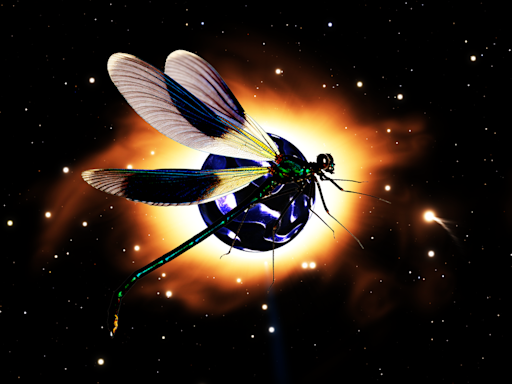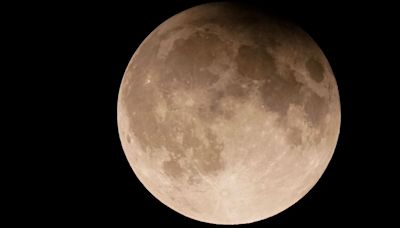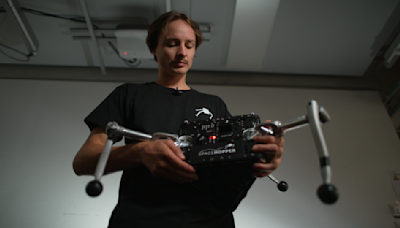Search results
It orbits at an average distance of 384,400 km (238,900 mi), about 30 times the diameter of Earth. Tidal forces between Earth and the Moon have synchronized the Moon's orbital period (lunar month) with its rotation period (lunar day) at 29.5 Earth days, causing the same side of the Moon to always face Earth.
Sep 14, 2024 · Learn about the Moon's origin, phases, eclipses, features, and more from NASA's official website. Find out how to observe the Moon, participate in events, and explore its history and science.
Learn about the Moon's origin, structure, surface, orbit, phases, and potential for life. Find out how the Moon affects Earth's climate, tides, and exploration.
1 day ago · Learn about the Moon, Earth's natural satellite and nearest large celestial body, from its origin and structure to its cultural and scientific significance. Explore its properties, phases, surface, exploration, and more with Britannica.
- James D. Burke
Learn about the Moon's origin, structure, surface, orbit, phases, and potential for life. Explore the Moon's history, missions, and curiosities with NASA's science and visualizations.
Jul 3, 2019 · Learn about the moon's violent origins, how its phases shaped the earliest calendars, and how humans first explored Earth's only natural satellite half a century ago. Discover the moon's surface features, interior structure, water reserves, and future missions.





